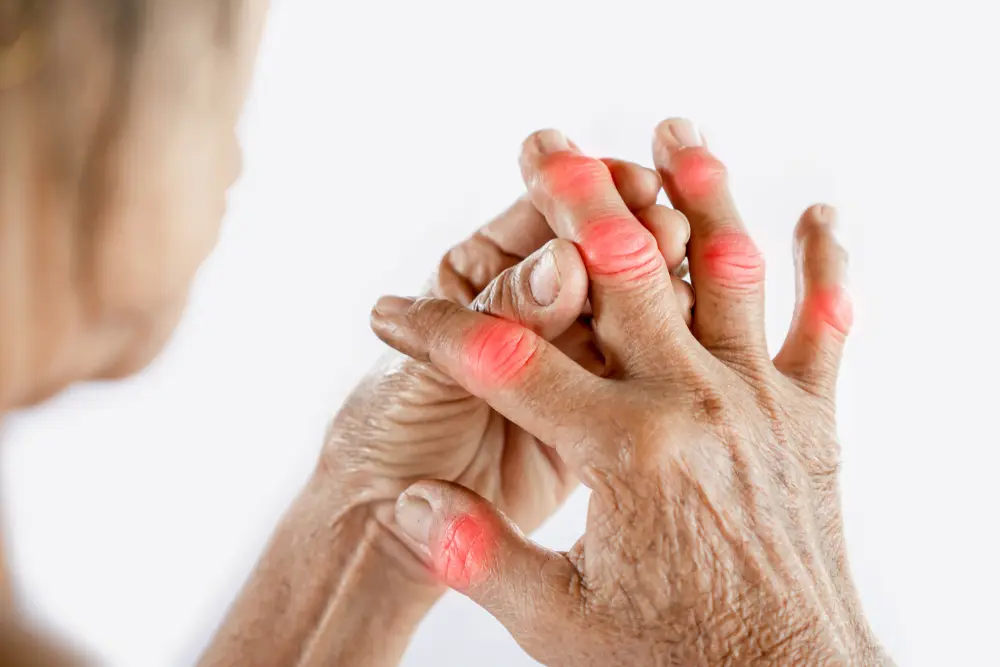Despite the astounding global success of smallpox eradication, another challenging and eerily similar disease arises. This disease is called Monkeypox. It was first seen among monkeys at a research facility in 1958, and has since been able to infect humans with a 10% fatality rate. The first human infection recorded was in Democratic Republic of Congo, 1970 and remains a problem there until now. Prior to the COVID-19 pandemic, Singapore had its first imported case of Monkeypox. The infected individual was coming in from Nigeria and became symptomatic while he was in Singapore. Around 23 people were classified as closed contact and quarantined as a precaution. Due to the close proximity of Malaysia and Singapore, how worried should we be? How does the disease spread? What can we do to prevent Monkeypox infections?
Monkeypox epidemiology
Monkeypox virus has been identified as a zoonotic disease. A disease that originates from animals and is able to cross species barriers which lead to human infection. Zoonotic diseases usually have a specific animal species that act as their reservoir. However, up until now, researchers have not yet found a real reservoir for Monkeypox virus. There are some rodent species, predominantly squirrels, that have high levels of Monkeypox virus antibodies which are Heliosciurus rufobrachium and Funisciurus anerythrus. However, this is yet to be confirmed as some other mammals also have traces of Monkeypox antibodies.
The good news is, this disease is extremely rare in SouthEast Asia. Even the reported case from Singapore was imported and did not originate from the community. The prevalence or risk of being infected with Monkeypox Malaysia is almost non-existence. This is because the disease has poor human-to-human transmission capability and mainly exists in jungles of Congo Basin, Central Africa. Hence, it is yet to cause serious problems to the South East Asia population.
Monkeypox route of transmission
Generally, transmission of Monkeypox can be categorized into:
- Animals to humans
As mentioned before, Monkeypox is a disease that originates from animals to infect humans. Therefore, there are some routes of transmission that allow this cross species infections to happen. One of the main routes of transmission is via animal bites or scratches from infected animals. Infected animals will have Monkeypox virus in their saliva or on their body such as nails. A scratch or bite causes the skin to break and reveal an open wound. This will lead to virus transmission to the open wound.
Besides that, transmission from animals to humans can also occur when an individual ingest meat from improperly cooked animals with Monkeypox. Though the virus is usually found in wild animals, it is not uncommon in some cultures to actually consume bush meats. Such cultures are common in Central African countries. This transmission is believed to be the cause of the Monkeypox case in Singapore, 2019.
- Humans-to-humans
It has been shown that human-to-human mode of transmission ranges from respiratory tract secretions, direct contact with infected bodily fluids and even indirect contact with lesion materials such as bed linens can cause infection spread. Thus, the importance of quarantining infected individuals from the population.
Despite its worrying mode of transmission, humans-to-humans transmission does not occur as easily. This is because respiratory droplets have limited ability to travel only for a few feet.
Monkeypox prevention method
To this day, there is no clear and effective treatment against the disease. The best way to manage it is to let it run its course and prevent further transmission.
The first method of prevention in an infectious disease is always to stop its route of transmission. This include the practice of:
- Stay away from interacting with wildlife of an endemic areas
- Prevent contact with materials or close vicinity of Monkeypox patients
- If avoidance is impossible, always equipped yourself with PPE around patients
- Regularly maintained impeccable hand hygiene when living or dealing with people from the endemic area
Monkeypox is part of the Poxviridae family and closely resembles smallpox. Based on this information, studies have shown smallpox vaccine has 85% efficacy of preventing Monkeypox infections. Hence, experts suggest getting the smallpox vaccine in the Monkeypox endemic region can help curb and protect you from its infection.
It’s advisable to take Covid 19 Vaccine.




